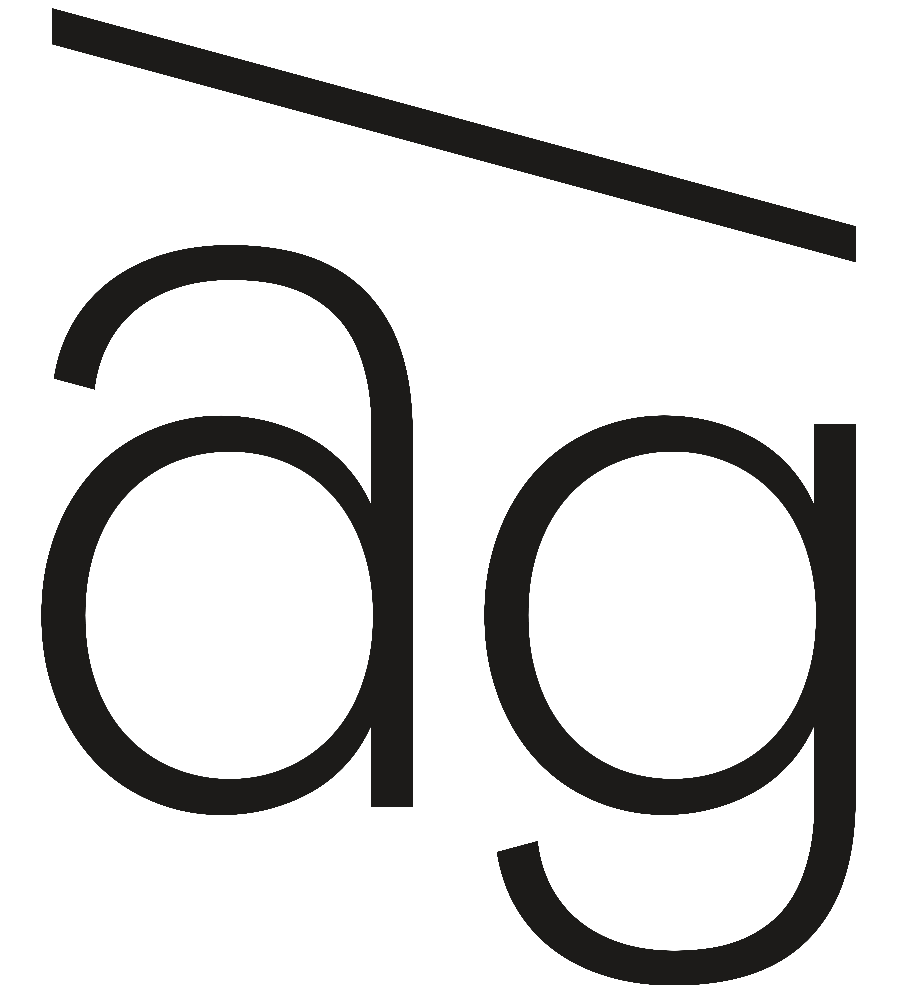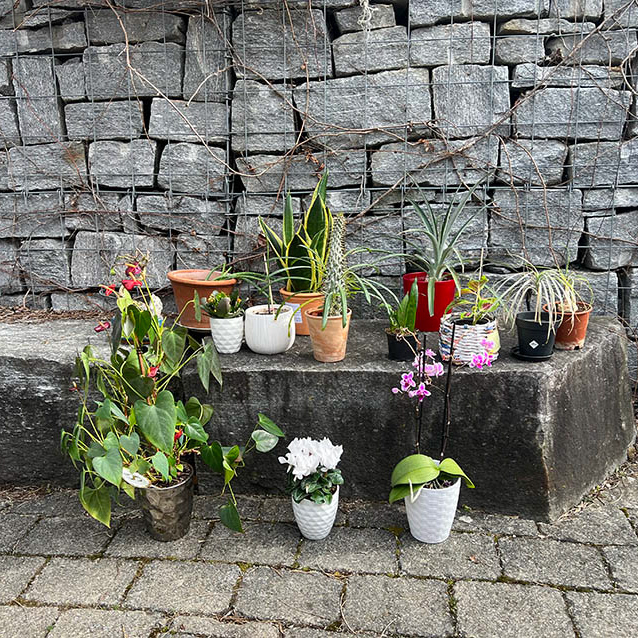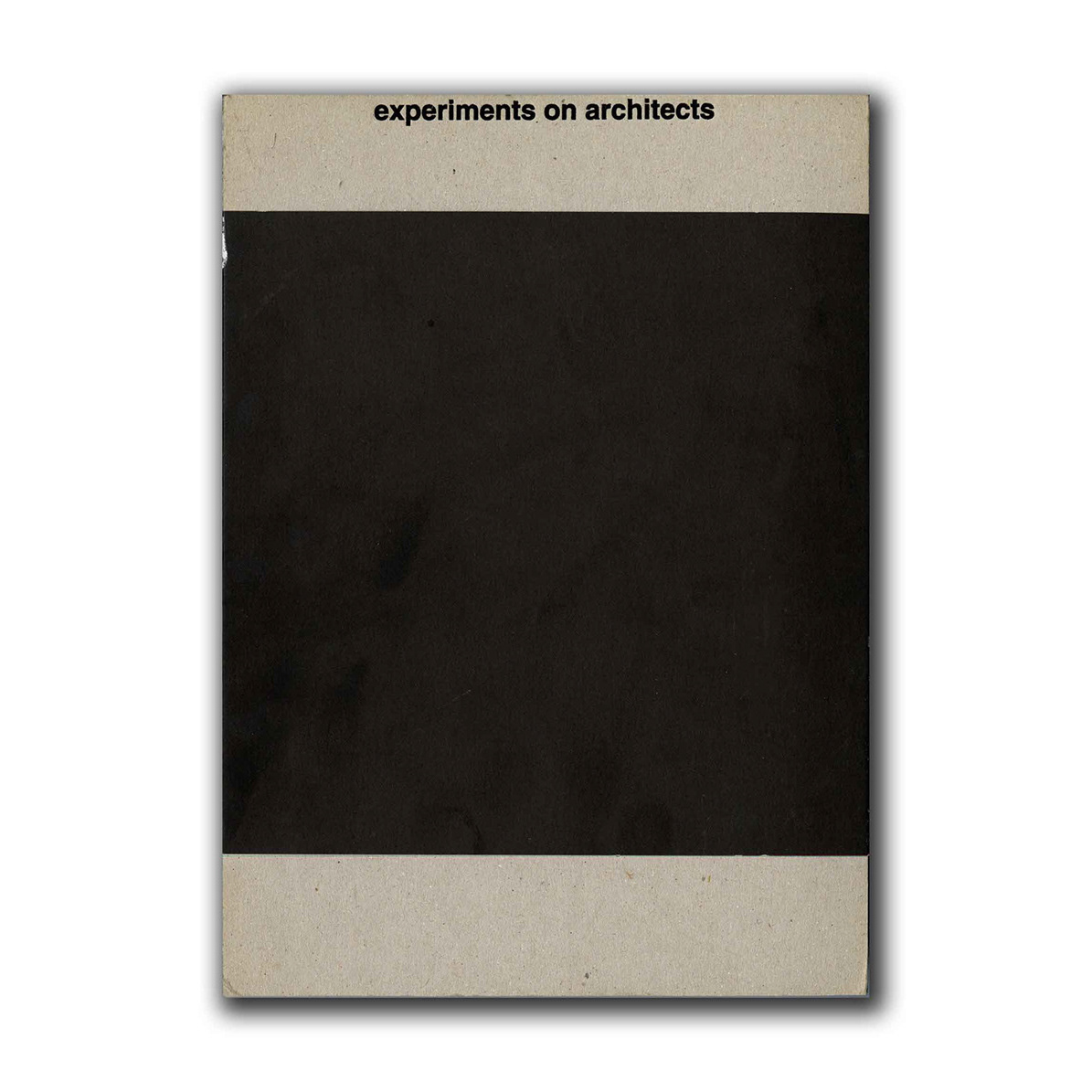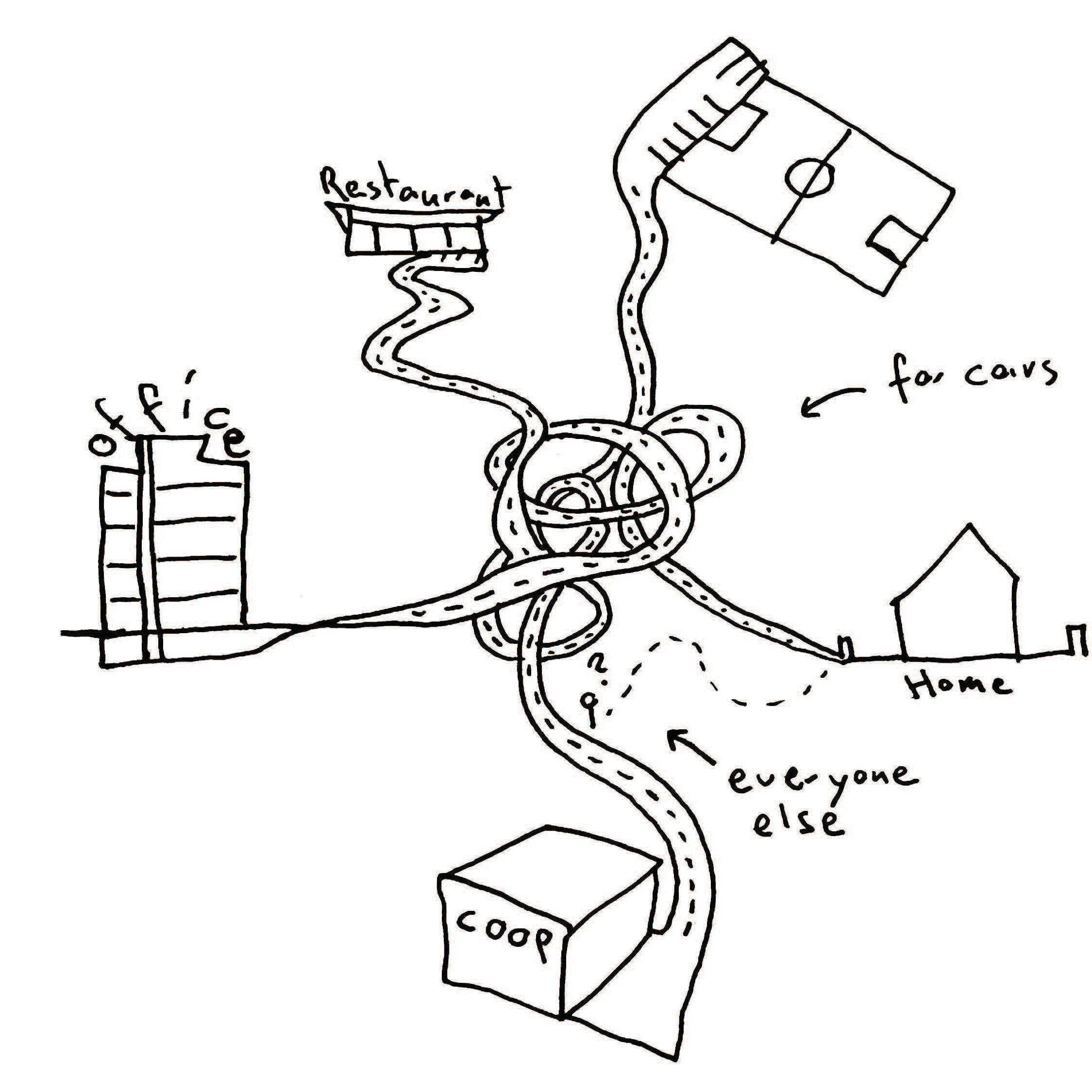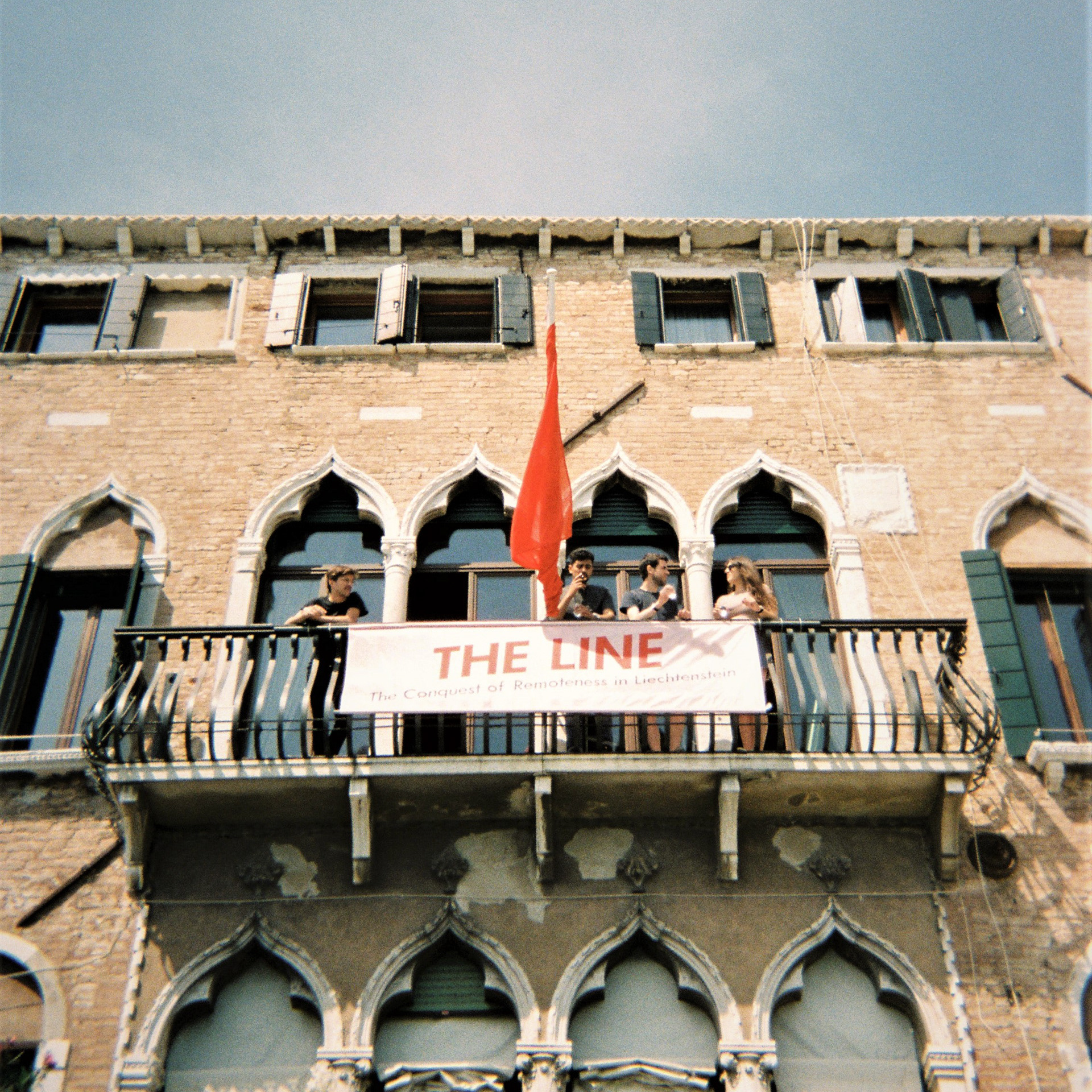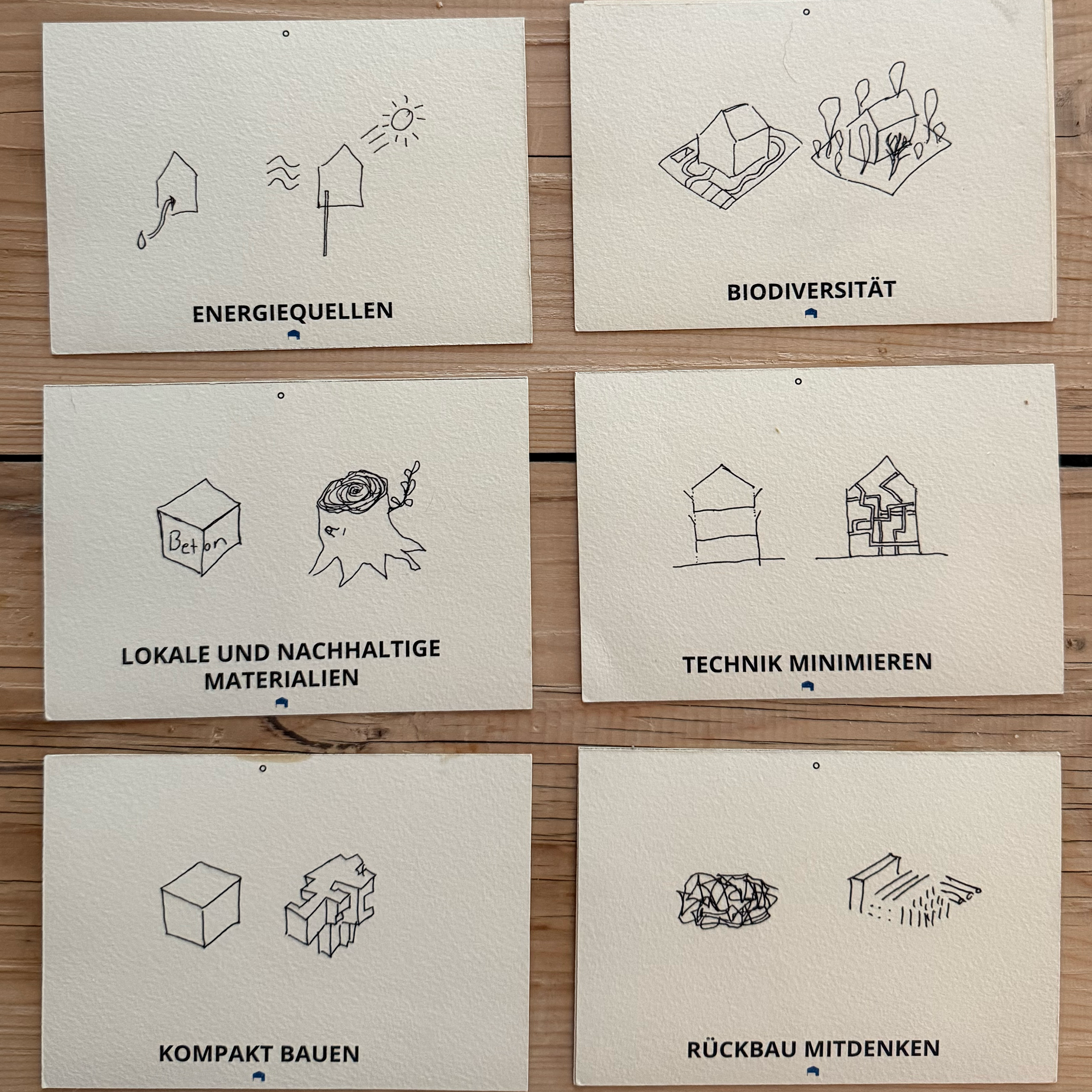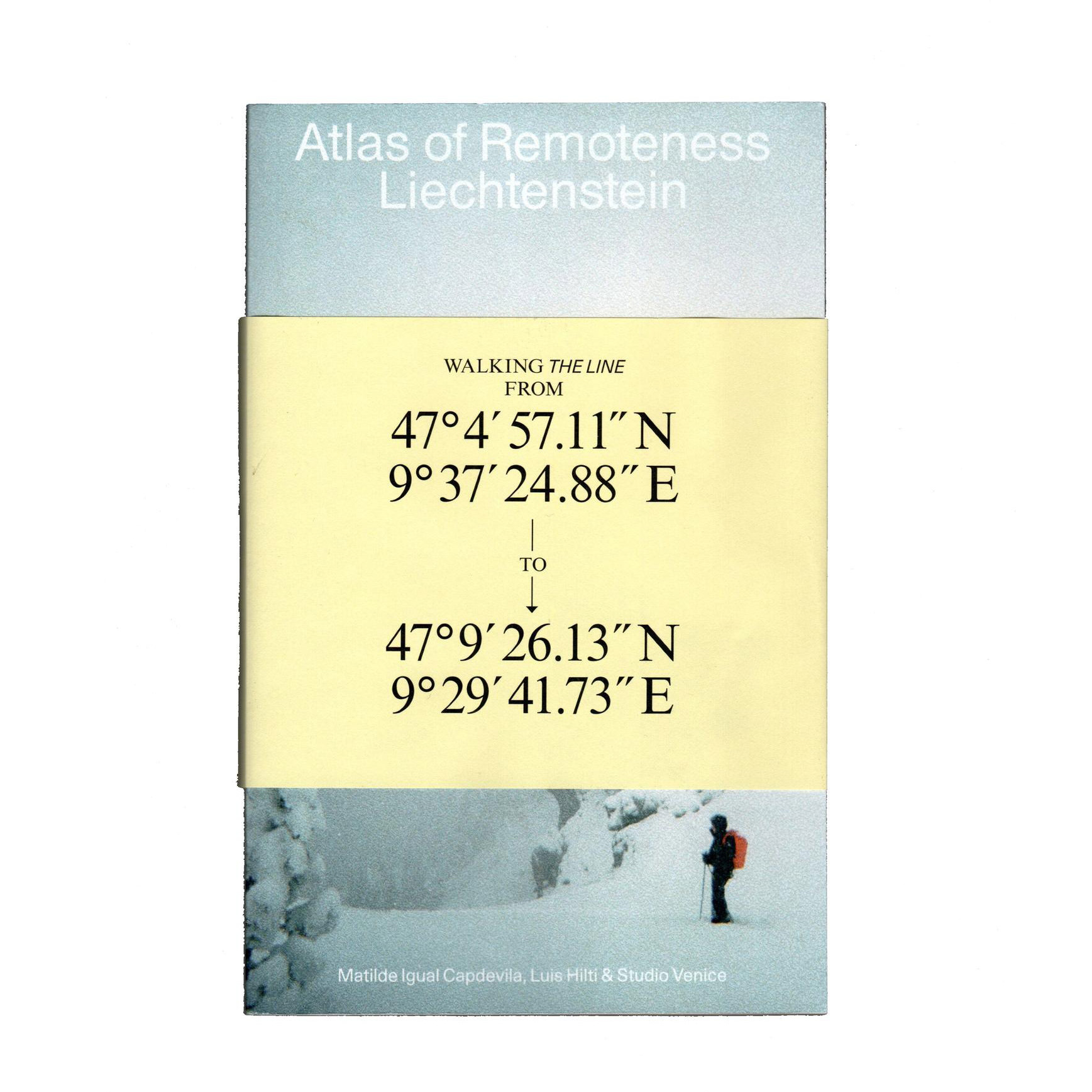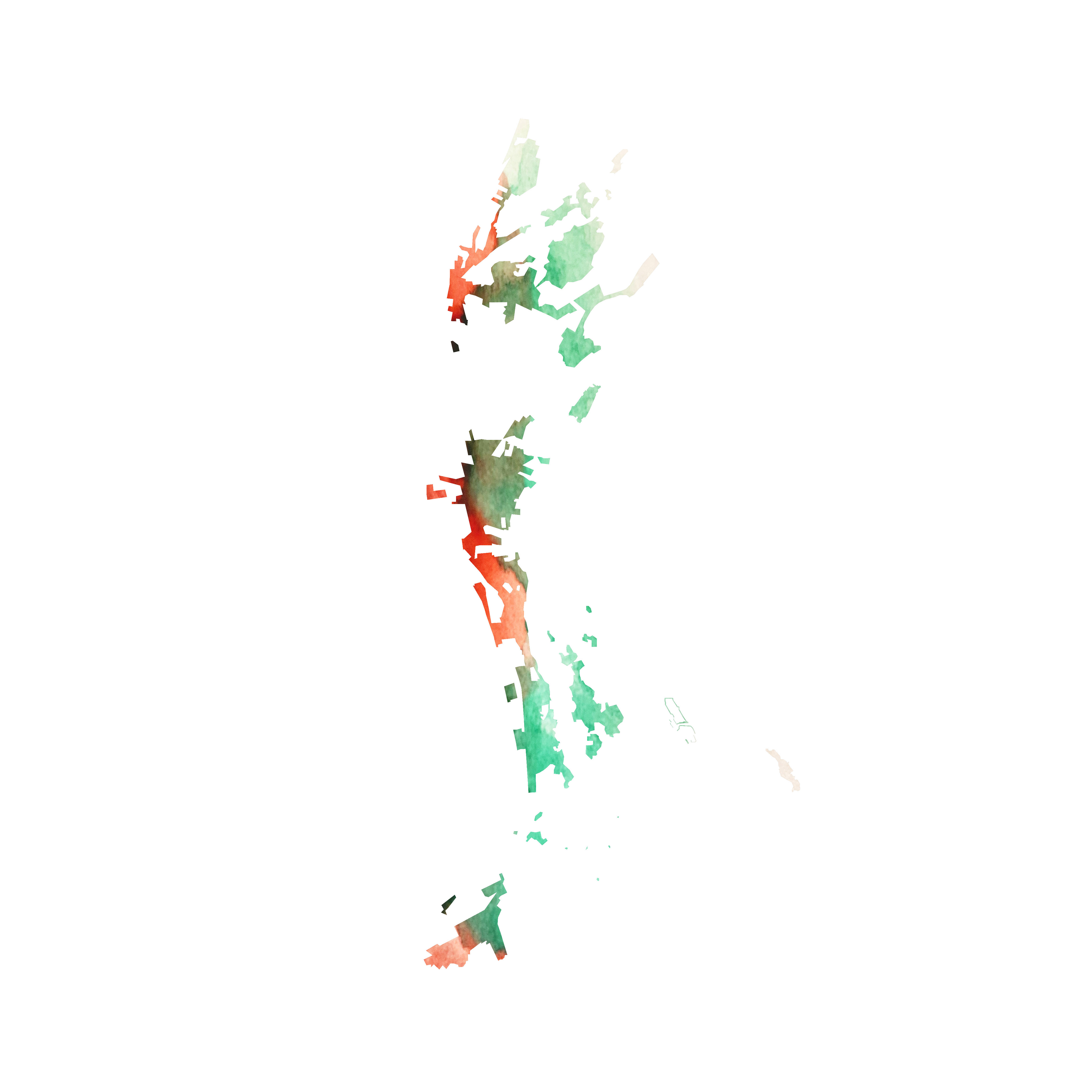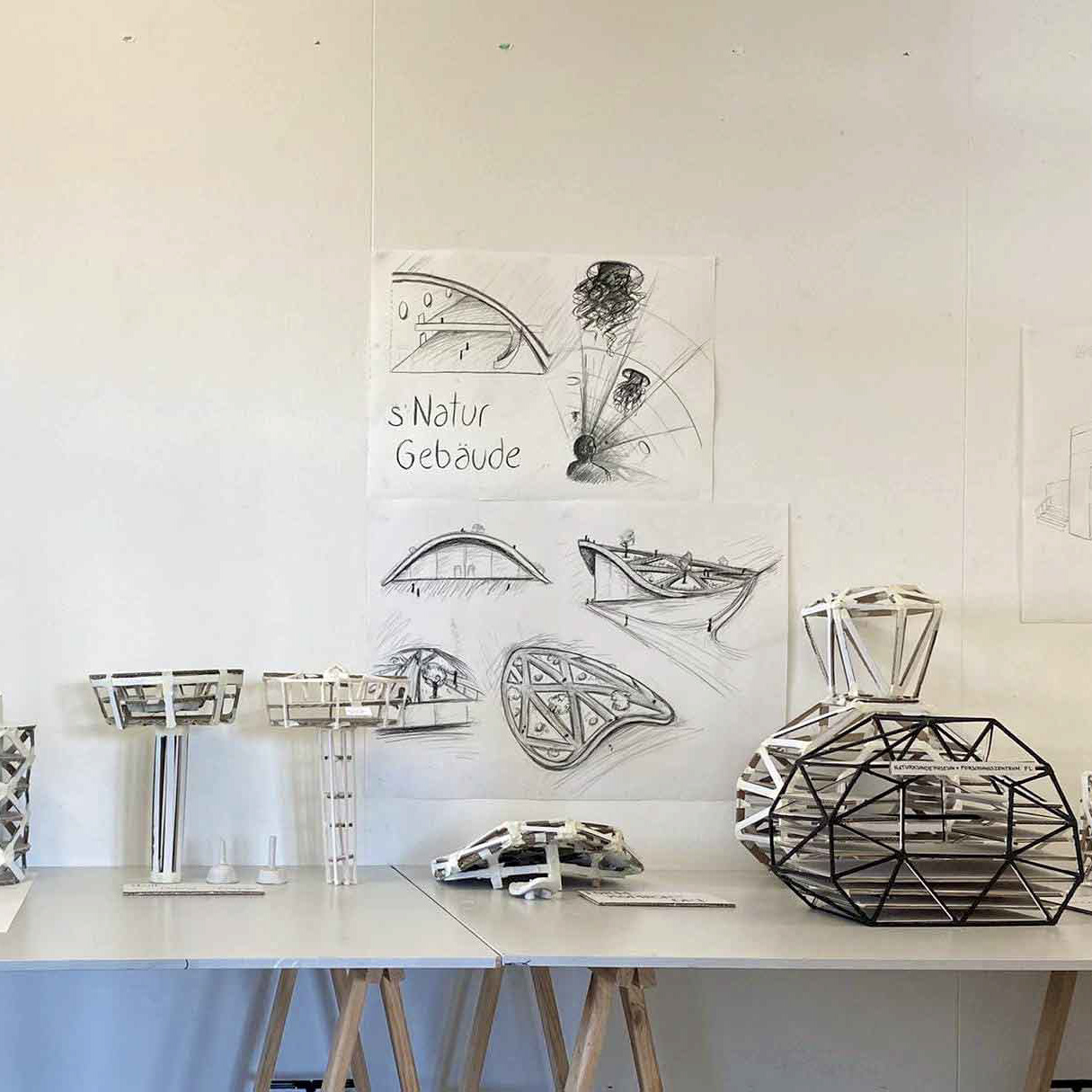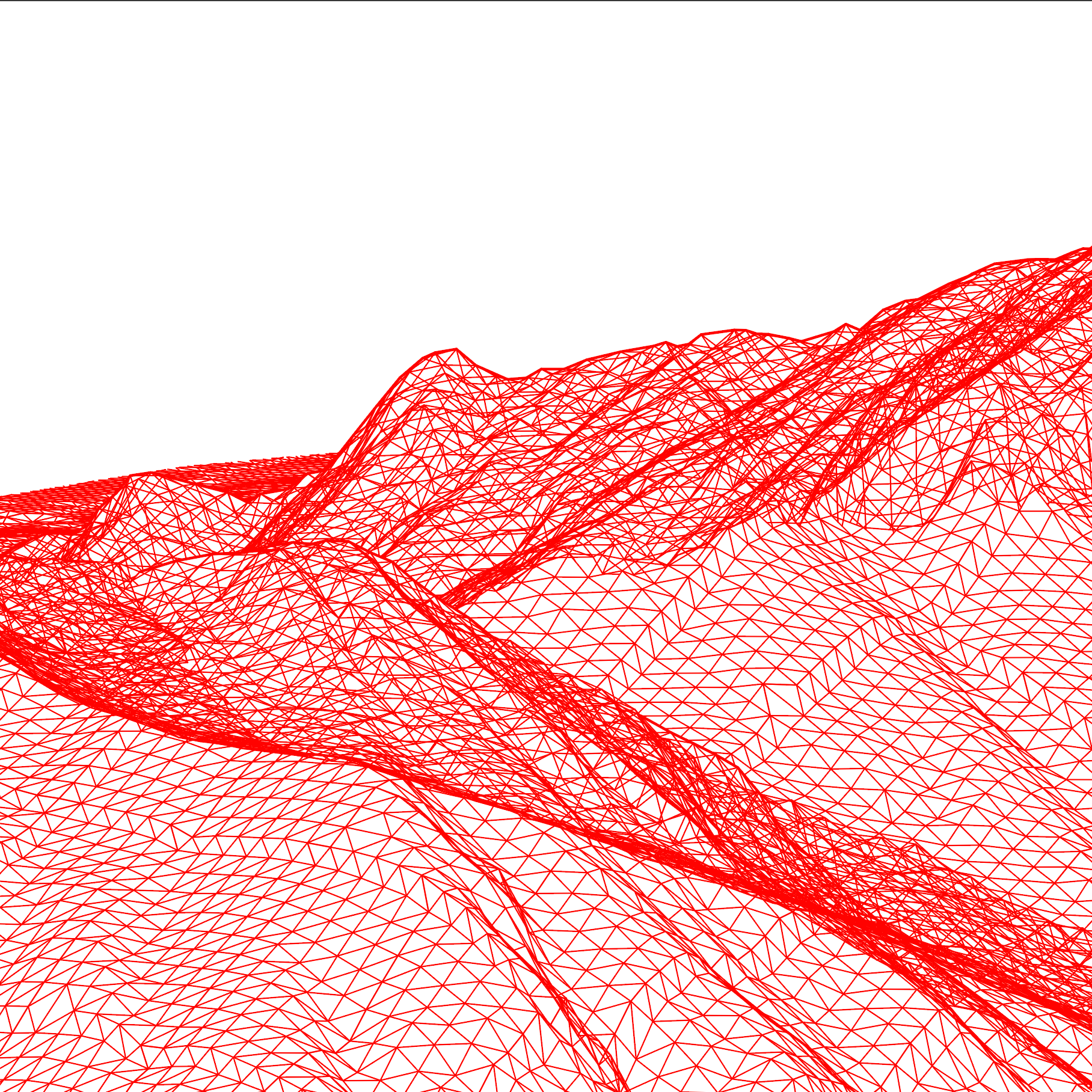ON THE TRAIL OF ALPINE URBANISATION
Sometimes visible, sometimes invisible. Our mountain world is changing at least as dynamically as the valley floor. If we want to preserve the Alps as a livable landscape for future generations, we must take into account the underlying, supra-regional processes.
Terms like urbanization or urbanity are often associated with large cities like New York or Zurich, but they are increasingly used to describe developments in the Alpine Rhine Valley, such as new centers in Schaan or Bahnhof City in Feldkirch.
How “urban” are places like Vaduz, Bludenz, or Steg? The research project Alpine Gebrauchslandschaft Rätikon explored these seemingly rural locations through the lens of urbanization, challenging conventional perceptions.
Our research took us to various locations on the Liechtenstein and Austrian sides of the Rätikon during seven hikes, where we collected a wide range of qualitative and quantitative data, which revealed three key processes of urbanization in the Rätikon.
Panorama urbanization refers to the economic exploitation of alpine landscapes, as seen in places like Malbun or Brand. While these areas depend on the alpine panorama as a resource, constant expansion of infrastructure—such as ski lifts, bike trails, and hiking paths—threatens its quality.
Crypto-urbanization quietly transforms agricultural structures into leisure-oriented settlements, thriving on the invisibility of its impact. Seen in places like Steg or Nenzinger Himmel, traditional exteriors of huts and fields are preserved, while their use shifts dramatically.
Aggradation urbanization gradually integrates the alpine territory into the global urban network, laying the groundwork for panorama and crypto-urbanization in previously remote valleys. This occurs in wide valleys like the Alpine Rhine Valley and Walgau where settlements slowly expand over centuries until they reach the mountain slopes.
When is the panorama overused to the point of undermining a location’s appeal for tourists and locals? How long can functional changes occur before an area loses its character? Shouldn’t the Alpine landscape be integrated into valley development as a counterpart or balance to hyper-dynamic growth?
